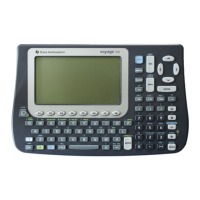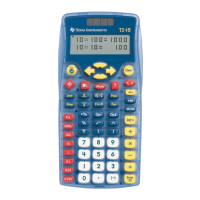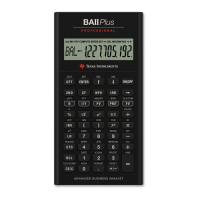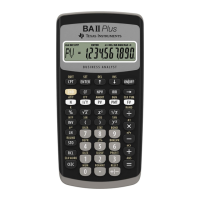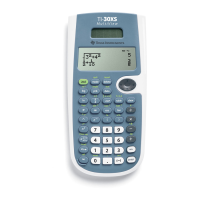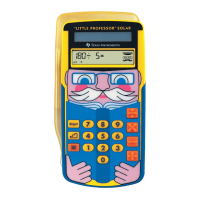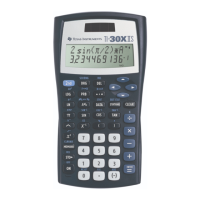Data/Matrix Editor 534
Using the Shift Function
Using the Shift FunctionUsing the Shift Function
Using the Shift Function
The
shift function copies a base column and shifts it up or down by a specified number of
elements. Use † to define a column header with the syntax:
For example, for a two-element shift up and down:
Note: To enter shift, type it from the keyboard or select it from the CATALOG.
shift (column [,integer])
Ê Ë
Ê Column used as the base for the shift.
Ë Number of elements to shift (positive shifts up; negative shifts down).
Default is
M1.
ÊË
Ì
Í Î
Ê c2=shift(c1,2)
Ë c3=shift(c1,M2)
Ì Shifted columns have the same length as the base
Í Last two elements of c1 shift down and out the
bottom; undefined elements shift into the top.
Î First two elements of c1 shift up and out the top;
undefined elements shift into the bottom.
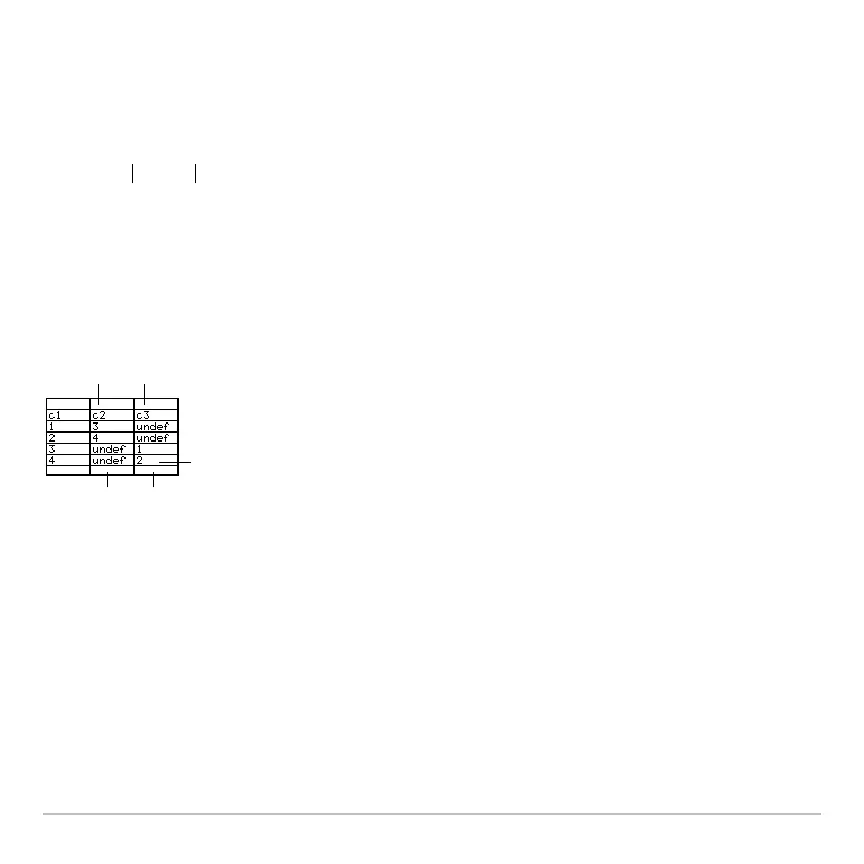